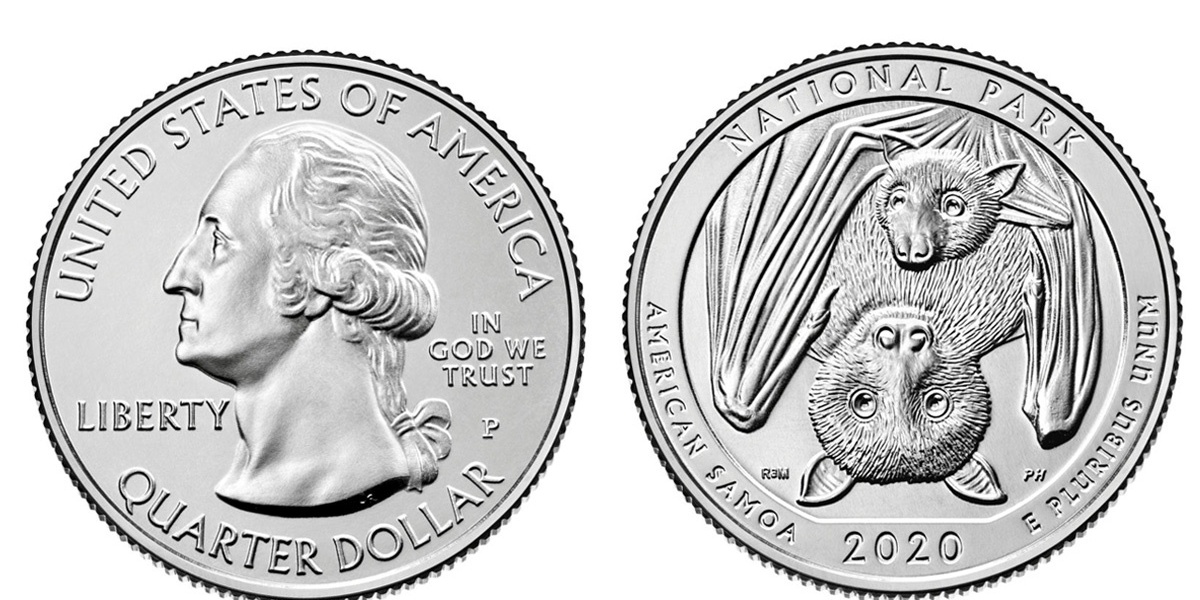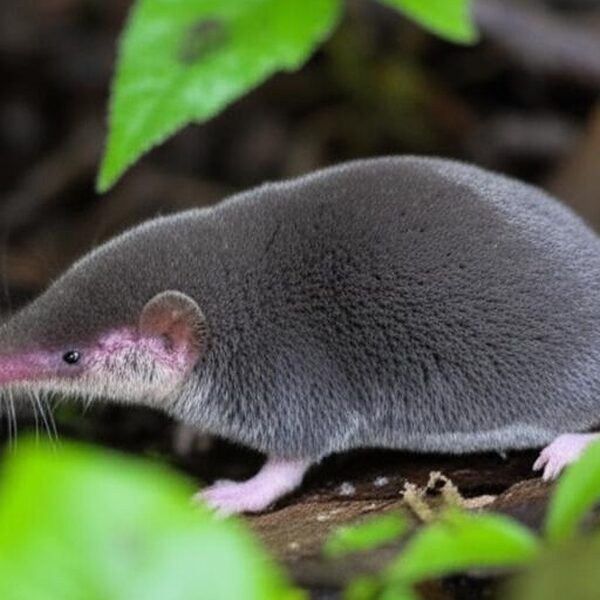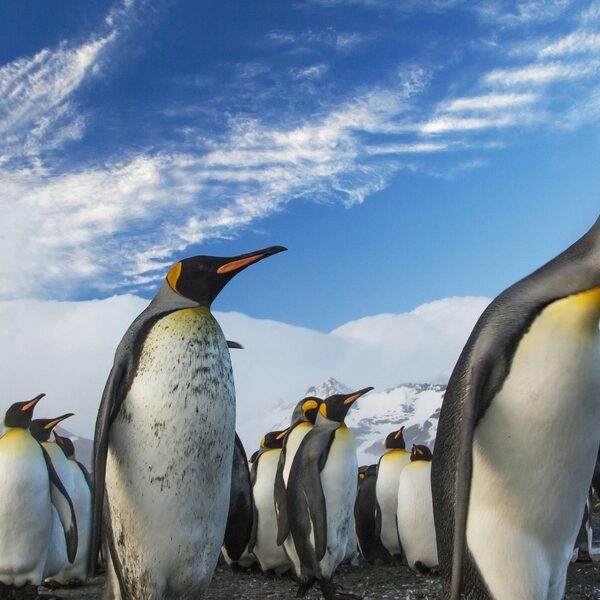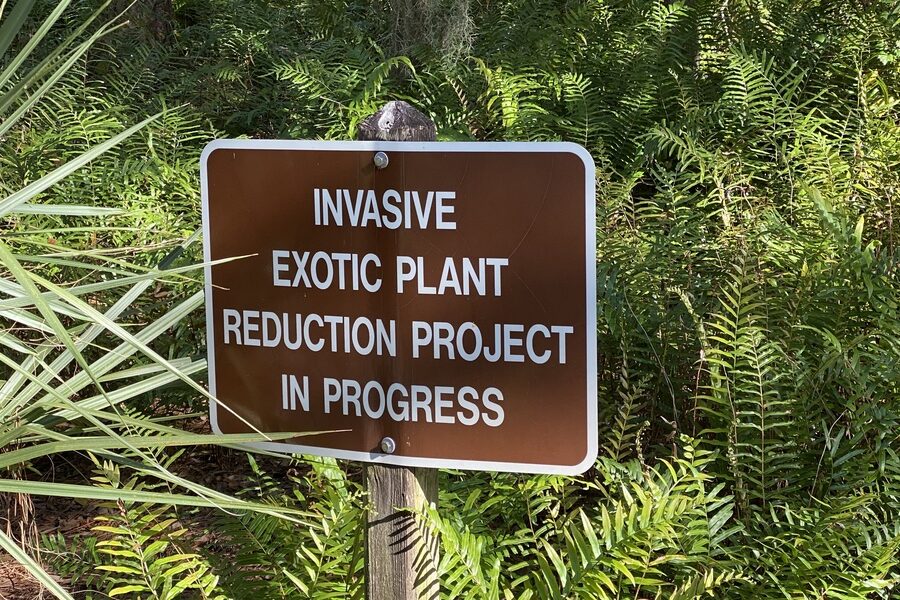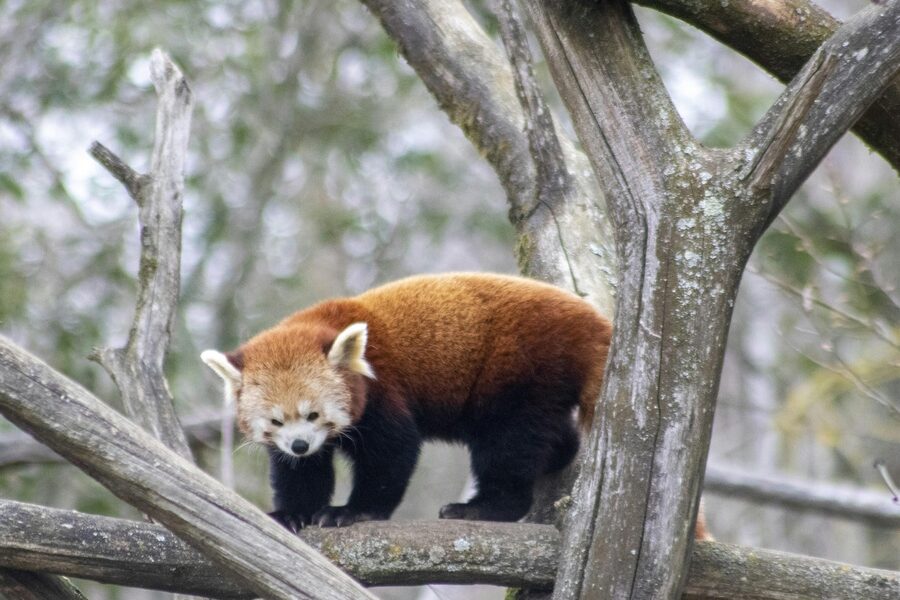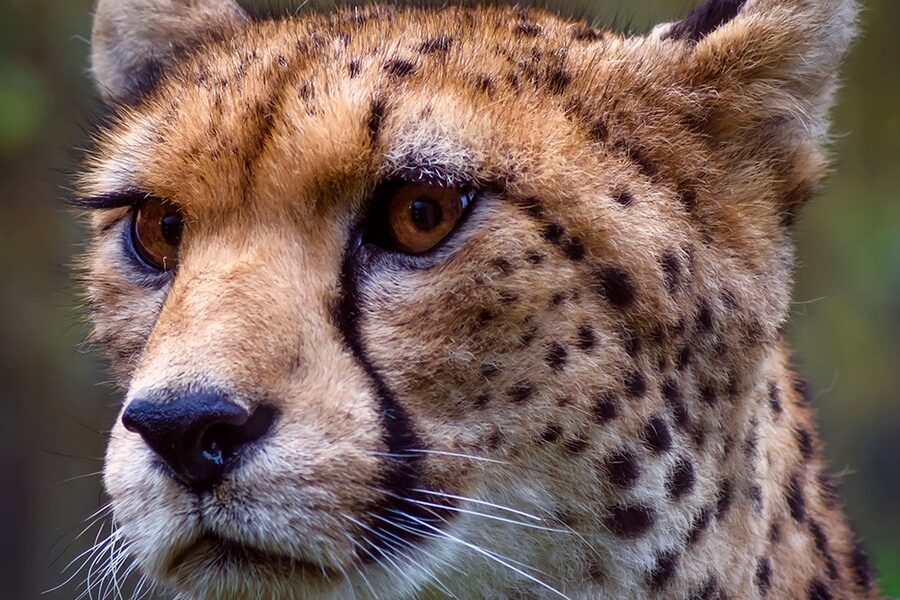Samoa’s islands support a mix of coral reefs, lava-formed ridges and rainforest pockets that shape a distinct set of animal communities. Local habitats — from mangrove fringes to offshore waters — determine which species thrive and where you’re likely to see them.
There are 32 Samoa’s native animals, ranging from Bluefin trevally to Yellow-bellied sea snake. For each entry, the details are listed (Scientific name,Type,Range/habitat) so you can compare identification and habitats — you’ll find below.
Which of these species are endemic to Samoa?
A portion of the list includes species found only in Samoa, but many occur across Polynesia or nearby Pacific islands. Check the (Scientific name,Type,Range/habitat) column you’ll find below for range notes and any endemism indicators; conservation status often appears alongside those entries.
How can I safely observe coastal species like Bluefin trevally or Yellow-bellied sea snake?
Bluefin trevally are best seen while snorkeling or fishing with a local guide; observe from a boat or shore and avoid disturbing schools. Yellow-bellied sea snakes are venomous and largely marine — view them from a safe distance, avoid handling, and follow local safety guidance or guided tours for any close encounters.
Samoa’s Native Animals
| Name | Scientific name | Type | Range/habitat |
|---|---|---|---|
| Samoan flying fox | Pteropus samoensis | Mammal | Upolu and Savai’i; native forests from coast to mountains. |
| White-necked flying fox | Pteropus tonganus | Mammal | All main islands; roosts in large colonies in forests and villages. |
| Pacific sheath-tailed bat | Emballonura semicaudata | Mammal | Upolu and Savai’i; roosts in lava tube caves and rock crevices. |
| Humpback whale | Megaptera novaeangliae | Mammal | Migrates through Samoan waters, especially between August and November. |
| Spinner dolphin | Stenella longirostris | Mammal | Coastal and offshore waters around all islands. |
| Manumea | Didunculus strigirostris | Bird | Savai’i; dense, high-altitude native forest. |
| Samoan fantail | Rhipidura nebulosa | Bird | Upolu and Savai’i; common in forests and gardens. |
| Samoan starling | Aplonis atrifusca | Bird | All main islands; found in all habitats, from forests to towns. |
| Samoan whistler | Pachycephala flavifrons | Bird | Upolu and Savai’i; native forests. |
| Samoan white-eye | Zosterops samoensis | Bird | Savai’i; restricted to high-altitude cloud forests. |
| Flat-billed kingfisher | Todiramphus recurvirostris | Bird | Upolu and Savai’i; inland forests and plantations. |
| Samoan flycatcher | Myiagra albiventris | Bird | Upolu and Savai’i; native forests and forest edges. |
| Samoan triller | Lalage sharpei | Bird | Upolu and Savai’i; primary and secondary forests. |
| Many-colored fruit dove | Ptilinopus perousii | Bird | Upolu and Savai’i; forests and wooded areas. |
| Pacific imperial pigeon | Ducula pacifica | Bird | All main islands; forests, plantations, and village gardens. |
| Wattled honeyeater | Foulehaio carunculatus | Bird | Upolu and Savai’i; common in most habitats with flowering trees. |
| Pacific reef heron | Egretta sacra | Bird | Coastal areas, reefs, and wetlands on all islands. |
| White-tailed tropicbird | Phaethon lepturus | Bird | Coastal cliffs and offshore islands; seen soaring over the ocean. |
| Green sea turtle | Chelonia mydas | Reptile | Nests on sandy beaches; forages in coastal sea grass beds. |
| Hawksbill sea turtle | Eretmochelys imbricata | Reptile | Coral reefs and nesting on remote beaches. |
| Pacific boa | Candoia bibroni | Reptile | Upolu and Savai’i; forests, plantations, and gardens. |
| Samoan skink | Emoia samoensis | Reptile | Upolu and Savai’i; common in forests, plantations, and gardens. |
| Mourning gecko | Lepidodactylus lugubris | Reptile | Widespread in coastal areas and human habitations. |
| Oceanic gecko | Gehyra oceanica | Reptile | Found on all islands; common in forests and on buildings. |
| Yellow-bellied sea snake | Hydrophis platurus | Reptile | Open ocean; occasionally drifts into lagoons and coastal waters. |
| Samoan swallowtail | Papilio godeffroyi | Invertebrate | Upolu and Savai’i; native upland forests. |
| Coconut crab | Birgus latro | Invertebrate | Coastal forests, particularly on smaller, less disturbed islands. |
| Palolo worm | Palola viridis | Invertebrate | Coral reefs; rises to the surface to spawn annually. |
| Giant clam | Tridacna gigas | Invertebrate | Shallow coral reefs and lagoons, such as Aleipata Islands. |
| Bluefin trevally | Caranx melampygus | Fish | Coral reefs and lagoons throughout Samoa. |
| Palette surgeonfish | Paracanthurus hepatus | Fish | Coral reefs, often among branching corals. |
| Bumphead parrotfish | Bolbometopon muricatum | Fish | Outer coral reefs, often in schools. |
Images and Descriptions
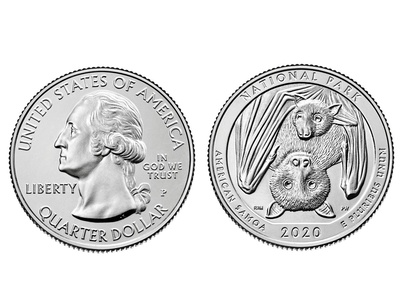
Samoan flying fox
Samoa’s unique fruit bat, often seen flying during the day. It’s a vital pollinator and seed disperser for native trees, making it a keystone species for forest health.
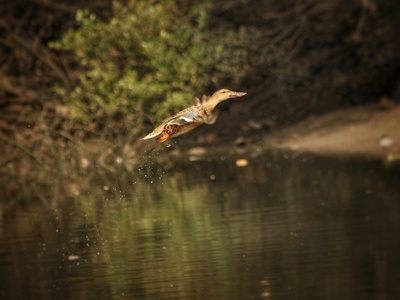
White-necked flying fox
A large, social fruit bat that forms noisy colonies known as “camps.” It forages at night on fruit and nectar, playing an important role in the ecosystem.
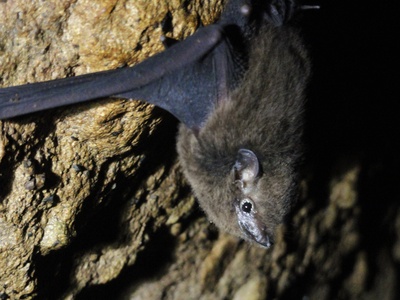
Pacific sheath-tailed bat
A small, insect-eating bat that uses echolocation to hunt. It is highly vulnerable to disturbance of its cave roosts and is considered endangered in Samoa.
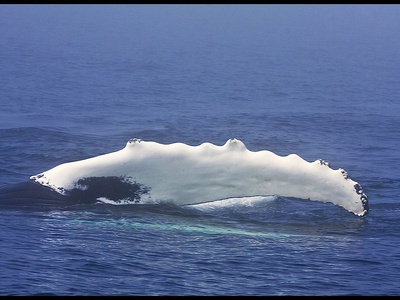
Humpback whale
These gentle giants visit Samoa’s warm waters to breed and give birth. They are famous for their acrobatic breaches and complex songs, offering spectacular whale watching opportunities.
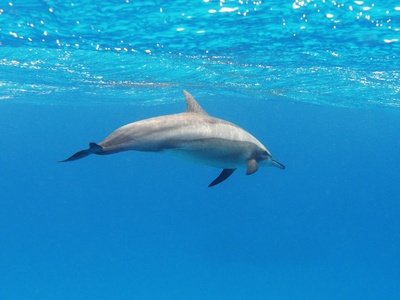
Spinner dolphin
Named for their incredible acrobatic displays, these small dolphins leap from the water and spin through the air. They travel in large, social pods, often numbering in the hundreds.
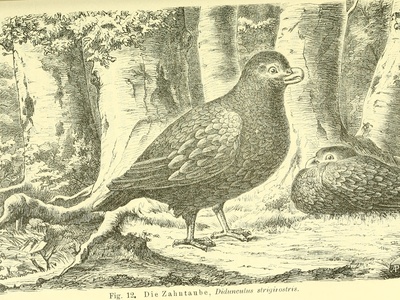
Manumea
Samoa’s critically endangered national bird, also called the tooth-billed pigeon. It’s a unique relative of the dodo, with a powerful hooked bill for cracking hard fruit seeds.
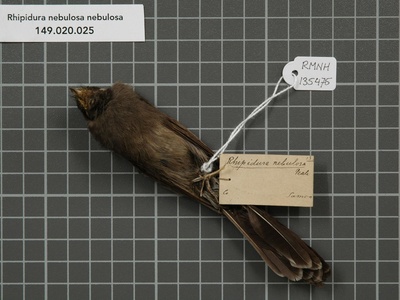
Samoan fantail
A small, friendly, and energetic bird easily recognized by its constantly fanned tail. It flits through the undergrowth, catching insects disturbed by its movement.
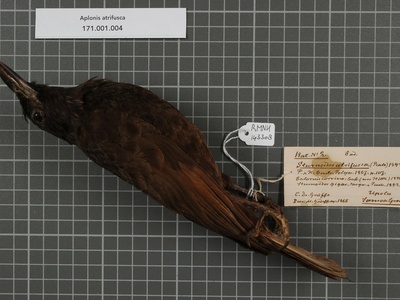
Samoan starling
A common, noisy, and robust bird with glossy black plumage and a bright orange eye. They are highly social and often gather in large flocks, especially at dusk.
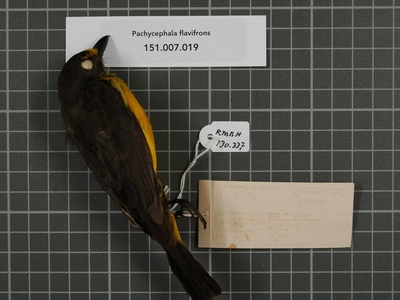
Samoan whistler
A beautiful forest bird with a loud, melodious song. The male has a striking yellow throat and breast, while the female is more subdued in color.
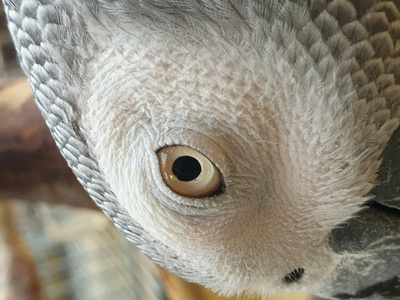
Samoan white-eye
A tiny, olive-green bird with a distinctive white ring around its eye. It lives only in the cool, misty cloud forests near the top of Mt. Silisili on Savai’i.
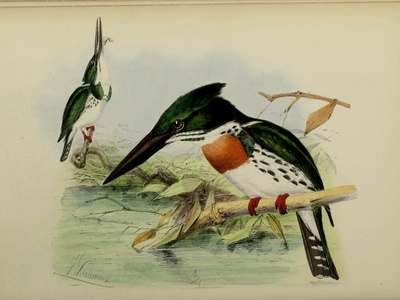
Flat-billed kingfisher
An endemic kingfisher with a unique, broad, and slightly upturned bill. It hunts for insects and small lizards in the forest, rather than fishing in water like many kingfishers.
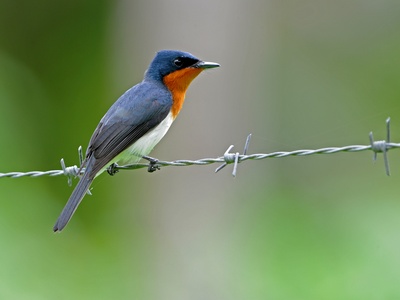
Samoan flycatcher
A small, active bird with a glossy blue-black head and a contrasting white belly. It catches insects on the wing, often sallying out from a perch to snatch its prey.
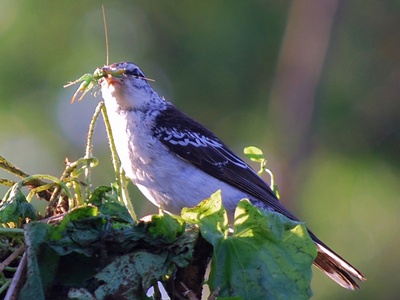
Samoan triller
A small and somewhat inconspicuous endemic bird. It has a subtle grayish-brown plumage and a weak, trilling call, often found foraging quietly in the forest canopy.
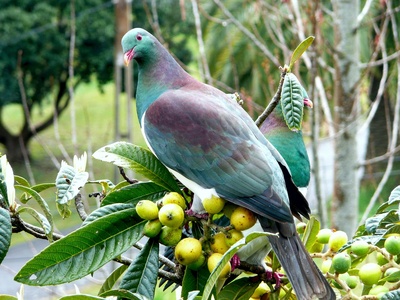
Many-colored fruit dove
A stunningly beautiful pigeon, with males being mostly white and pale yellow with a crimson cap and bar. They are shy birds, typically found feeding on fruits high in the canopy.
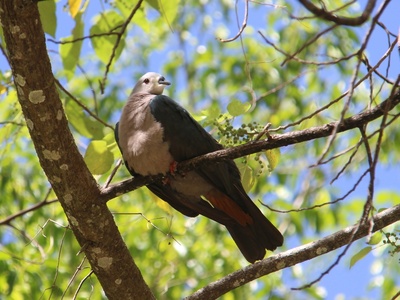
Pacific imperial pigeon
A large, common pigeon with a grey head, greenish back, and a deep cooing call that is a familiar sound in Samoa. It feeds on fruits and berries.
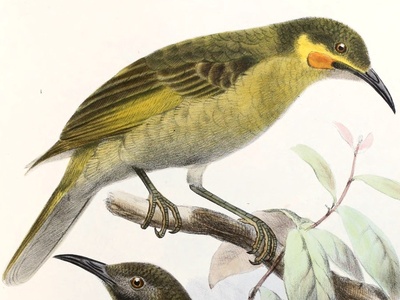
Wattled honeyeater
A noisy and active bird, easily identified by the small, fleshy yellow or orange wattle below its eye. It feeds on nectar, insects, and fruit.
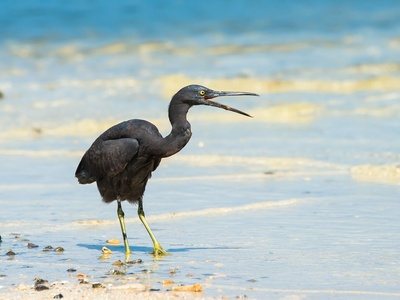
Pacific reef heron
This heron comes in two color morphs: dark slaty-grey and pure white. It can be seen patiently stalking small fish and crustaceans in shallow coastal waters.
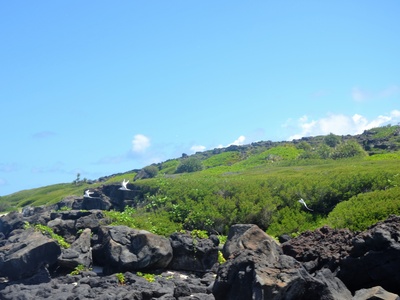
White-tailed tropicbird
An elegant seabird with pure white plumage, black eye-markings, and two extremely long tail streamers. It nests on coastal cliffs, such as at O le Pupu-Pue National Park.
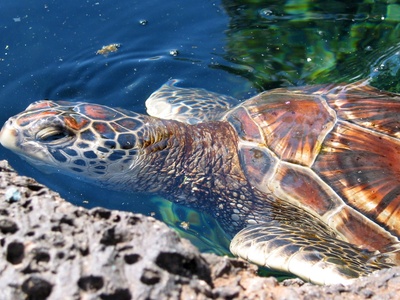
Green sea turtle
Named for its green body fat, this large sea turtle returns to specific Samoan beaches to lay its eggs. It is an important part of the marine ecosystem and Samoan culture.
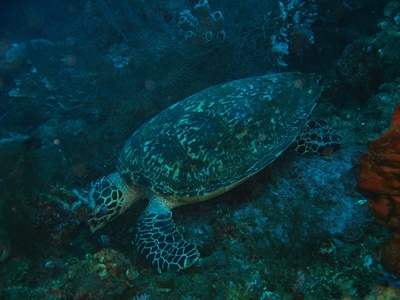
Hawksbill sea turtle
A critically endangered sea turtle with a beautiful, patterned shell and a sharp, hawk-like beak. It feeds on sponges and other invertebrates on coral reefs.
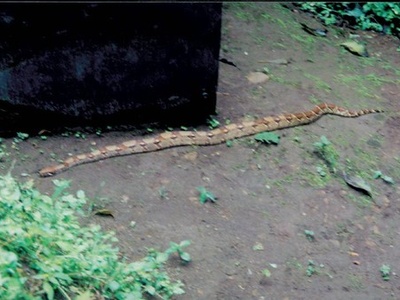
Pacific boa
Samoa’s only native land snake. This non-venomous constrictor is harmless to humans and spends its time in trees or on the ground hunting for lizards and rodents.
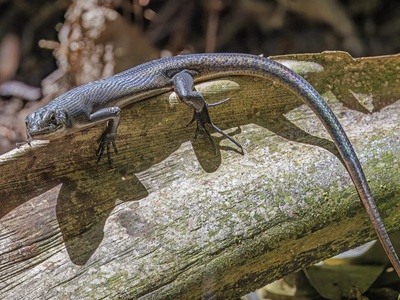
Samoan skink
A sleek, bronze-colored lizard often seen basking in sunny spots or rustling through leaf litter. It’s endemic to the Samoan islands and is an active daytime hunter of insects.
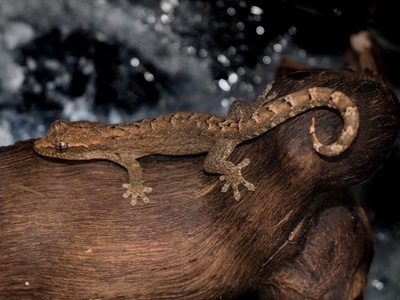
Mourning gecko
A small, nocturnal gecko famous for being an all-female species that reproduces via parthenogenesis (asexual reproduction). You can often find them on walls near lights at night.
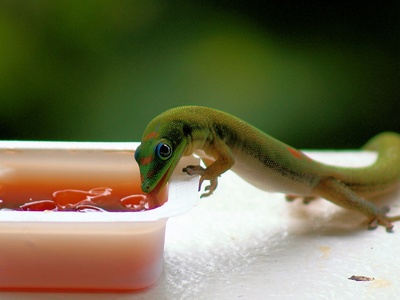
Oceanic gecko
A large, robust gecko with big toe pads that allow it to climb smooth surfaces with ease. It is nocturnal and feeds on insects and sometimes nectar from flowers.
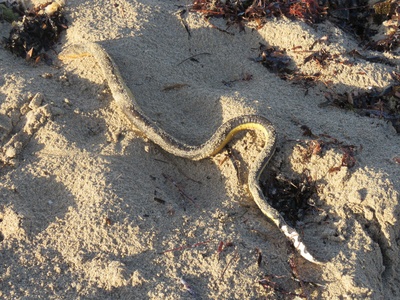
Yellow-bellied sea snake
A highly venomous but generally non-aggressive sea snake, perfectly adapted to marine life. It is easily identified by its black back and bright yellow underside, and is rarely seen.
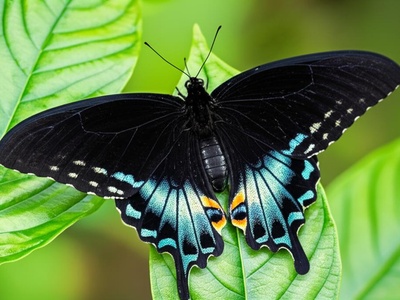
Samoan swallowtail
A large, beautiful, and endangered butterfly found only in Samoa. It has black wings with striking iridescent blue and green markings, and is a rare sight in its forest home.
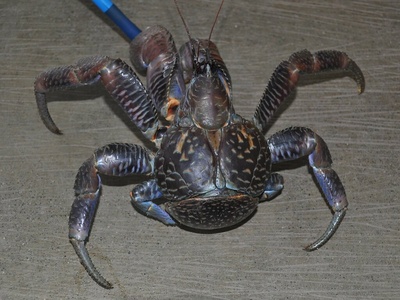
Coconut crab
The world’s largest land-living arthropod. This powerful crab can climb trees and use its massive claws to crack open coconuts. It is a prized delicacy and is now rare.
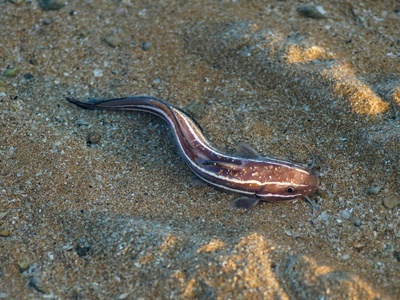
Palolo worm
A marine worm famous for its synchronized mass spawning event. For a few nights each year (in October/November), its reproductive segments rise to the surface and are harvested as a delicacy.
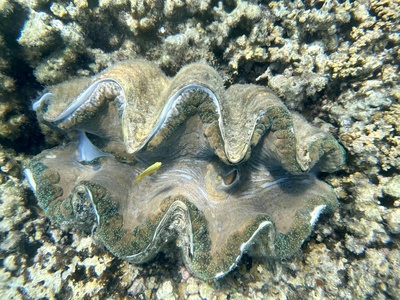
Giant clam
The largest bivalve mollusk on Earth, capable of reaching over a meter in length. It gets its vibrant colors from symbiotic algae living in its tissues.
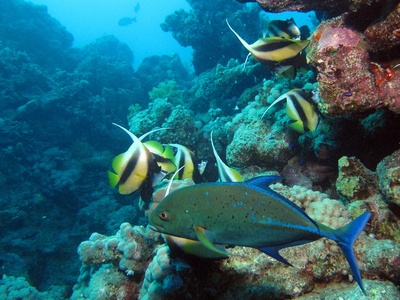
Bluefin trevally
A powerful predatory fish, known locally as Malauli. It is famous for its brilliant electric blue fins and spots, and is a prized catch for local fishermen.
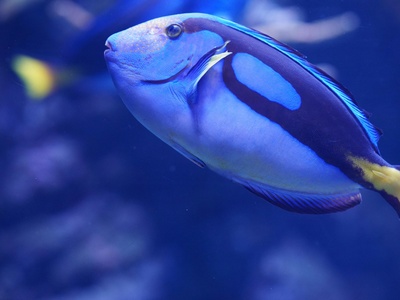
Palette surgeonfish
Instantly recognizable as “Dory” from Finding Nemo, this vibrant royal blue fish with a yellow tail is a popular sight for snorkelers and divers on Samoa’s healthy coral reefs.
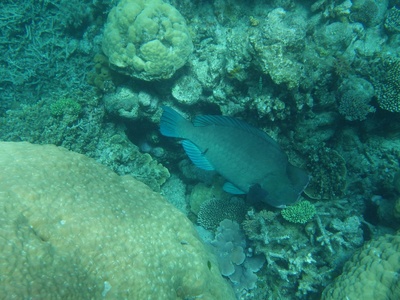
Bumphead parrotfish
The largest species of parrotfish, growing up to 1.3 meters. It uses its bony forehead to ram coral, breaking it into smaller pieces to feed on the algae and coral polyps.
